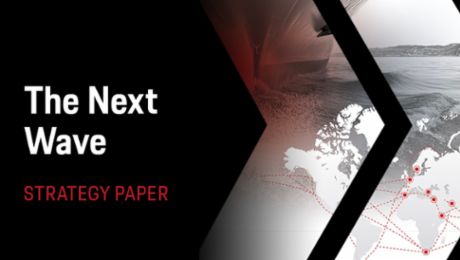Stops increase speed. This may sound like a contradiction, but stops do in fact promote pace and punctuality. During the startup phase, the large-scale NOAS (New Office Airport Stuttgart) construction project is using the familiar German sign for bus stops—a big green “H” for Haltestelle on a yellow background—on every floor of the building. “These are our stops in the material flow,” explains site manager Stepan Malek. “We use them to guide the flow throughout the building.”
In constructing this new administrative building adjacent to Stuttgart Airport, the Stuttgart office of Ed. Züblin AG (with around 1,100 employees and a turnover of 635 million euros in 2015) is using lean principles with targeted taktbased planning and control. The building, which consists of three organically shaped parts, will have a surface area of nearly 250,000 square meters. That does not make orientation very easy. The planning for the project divided the construction site into takt-based sectors. Each sector has a stop, where the construction material for that sector can be dropped off.
System “stop” idea
The “stop” idea arose in the course of a lean construction project with Porsche Consulting. Poorly coordinated material supplies, insufficient guidance for shipping companies, and space problems at construction sites often lead to materials not being delivered where they are needed. That in turn often leads to completely superfluous labor being put into moving material around. For example, tiles might be moved several dozen times before they finally end up on the walls. But this problem can be solved by the “bus line” principle.
On closer inspection, each stop consists of a piece of particle board bolted to a wooden post on a stand. More than 80 of these signs were made for Züblin’s construction site in Stuttgart. Each stop has a number that serves as a delivery address within the building. “A delivery is only allowed onto the site if it has a precise address,” says Malek. An overview of the site is provided in the form of a pocket-sized map to show delivery companies how to reach the right drop-off location. Site manager Eva Isaksson is quick to point out the advantages of the system. “We know where any given set of material is at all times. And it’s also immediately clear if something is missing.”




